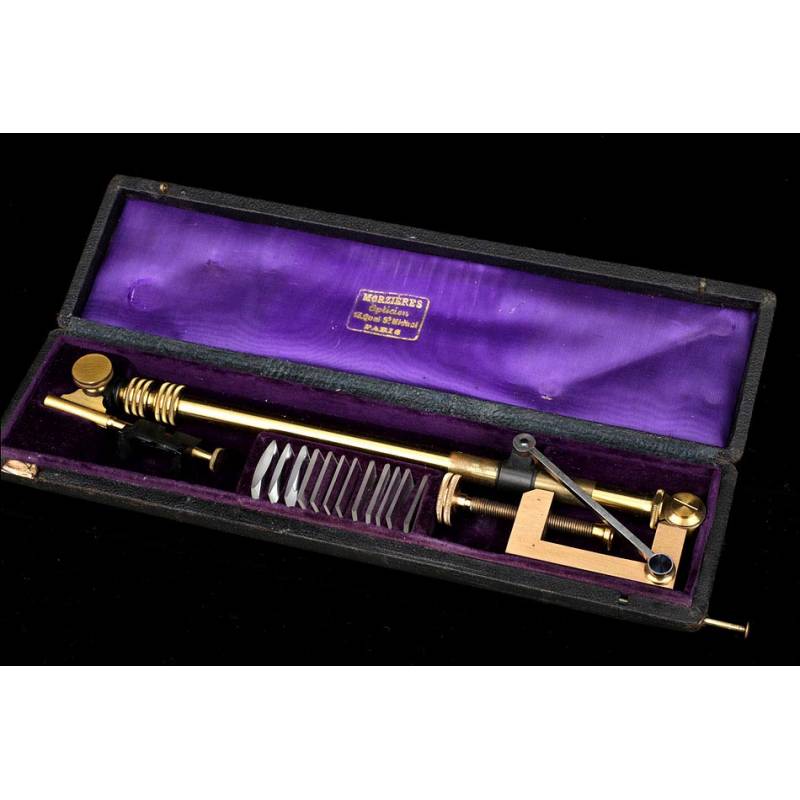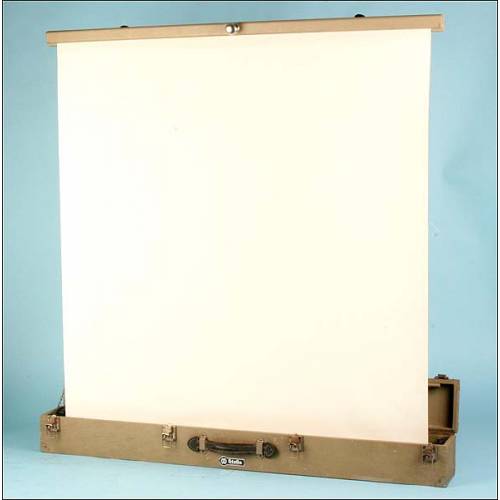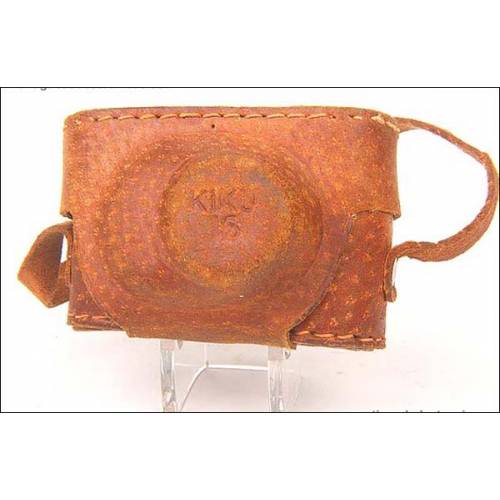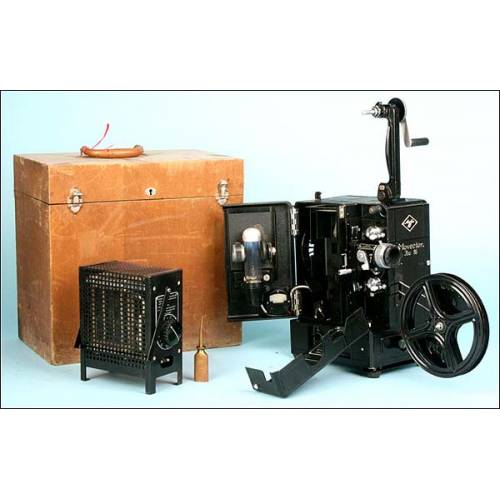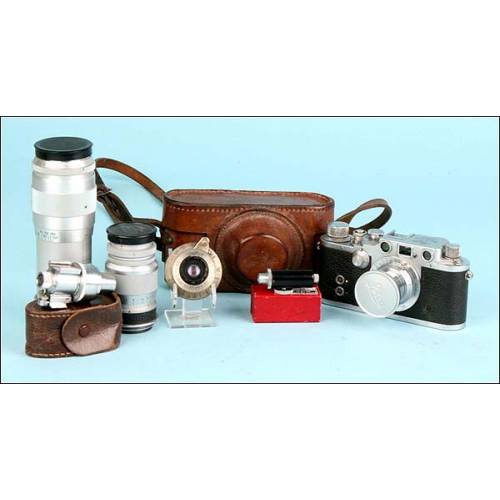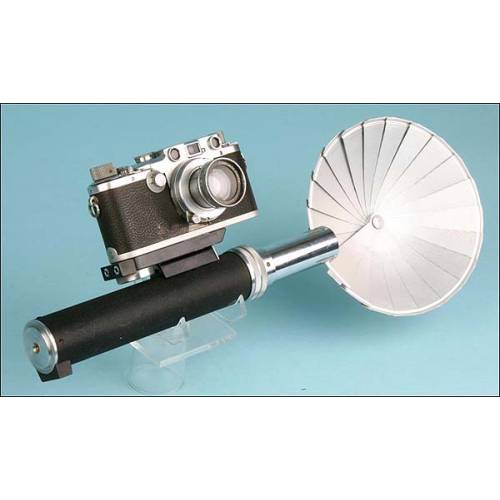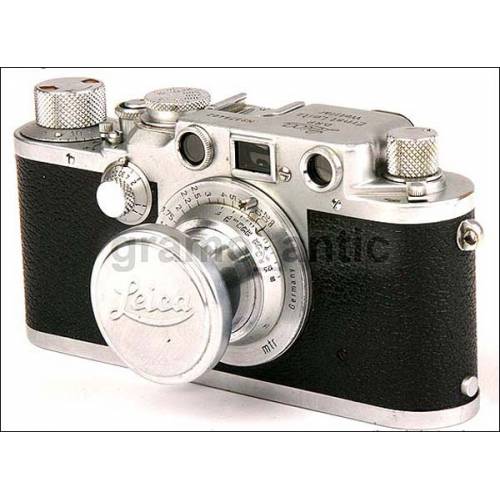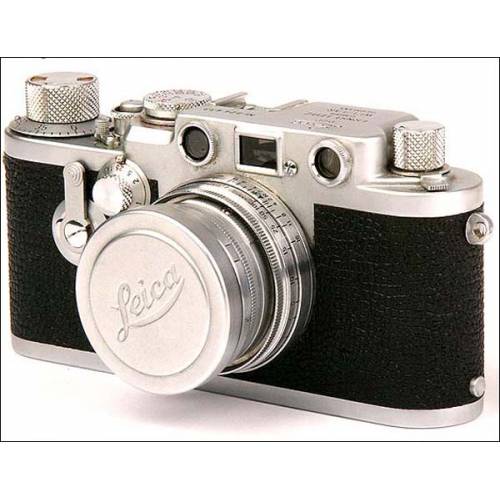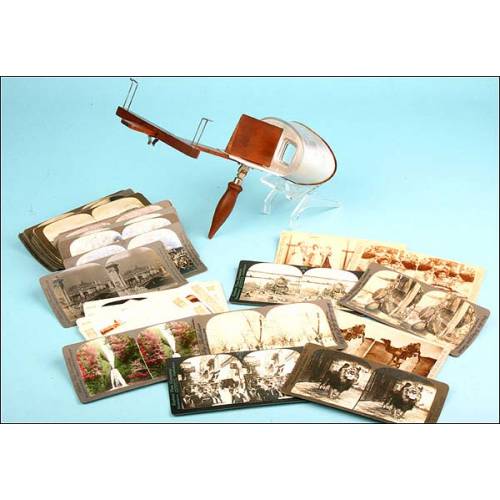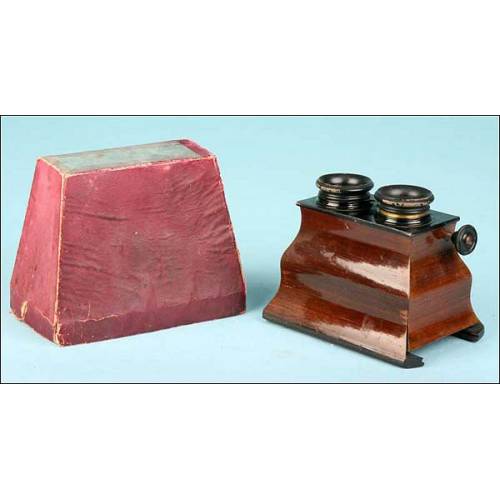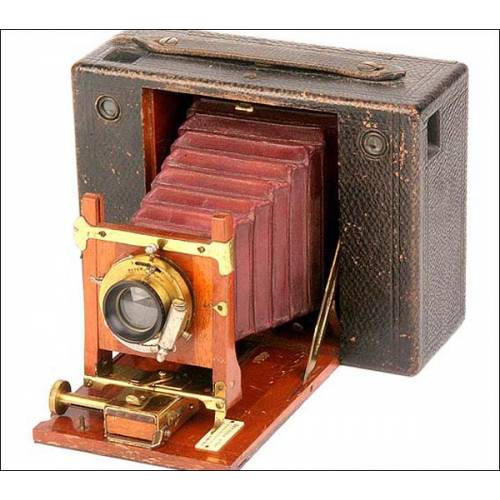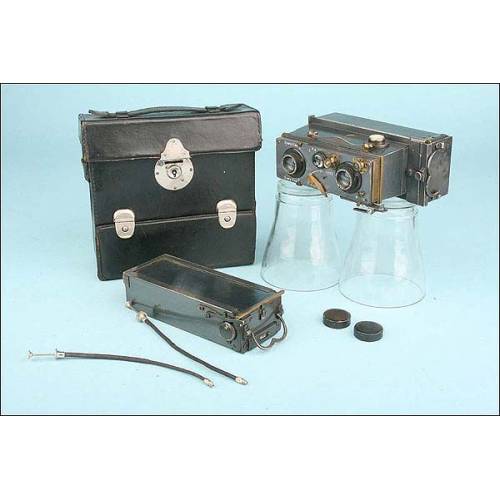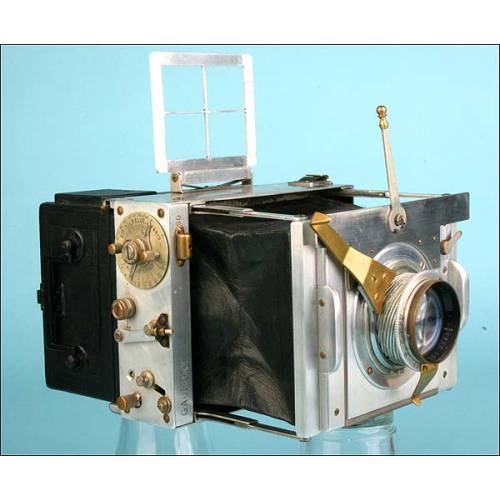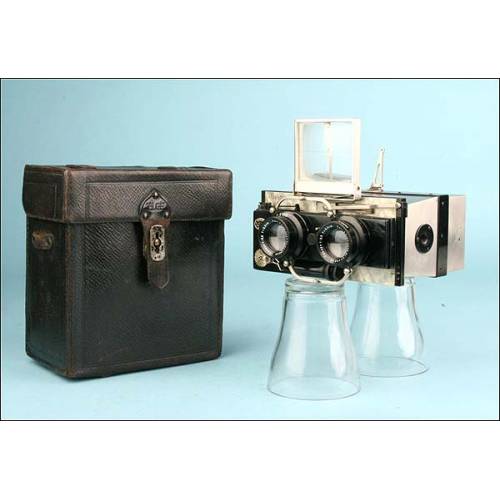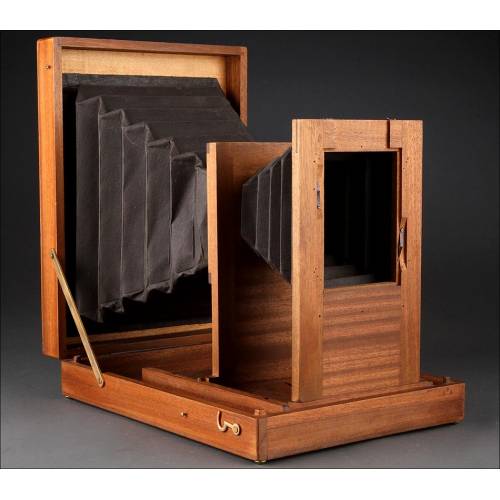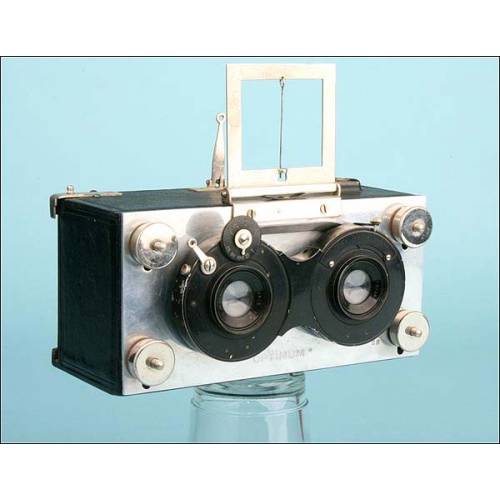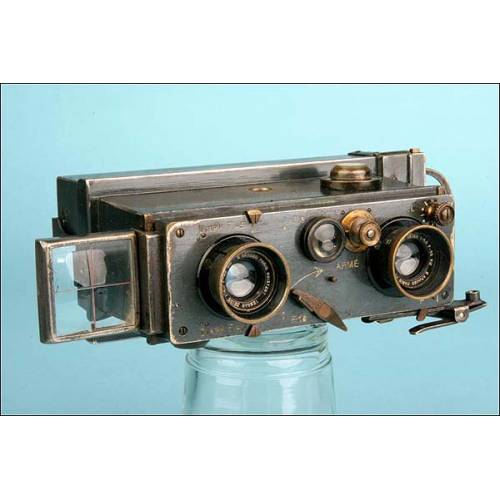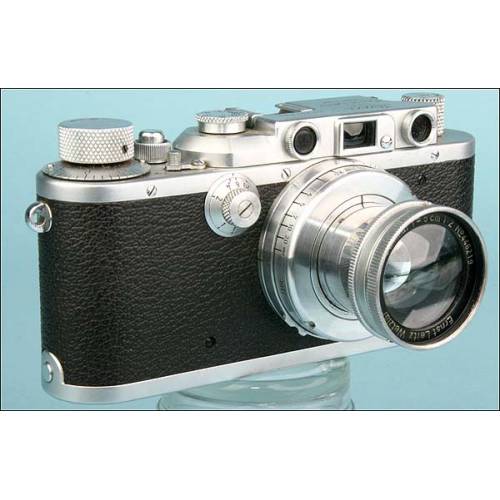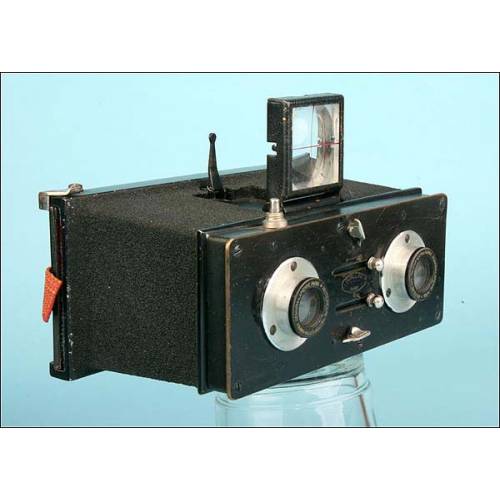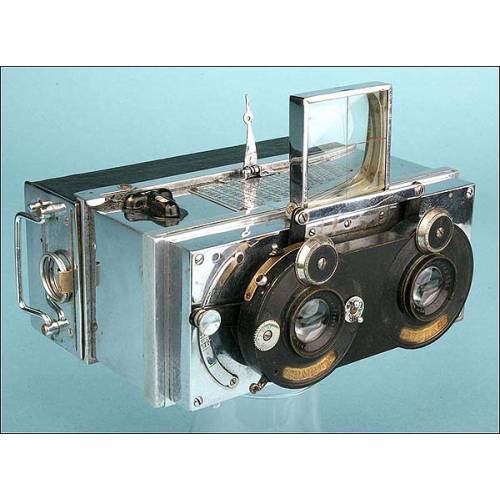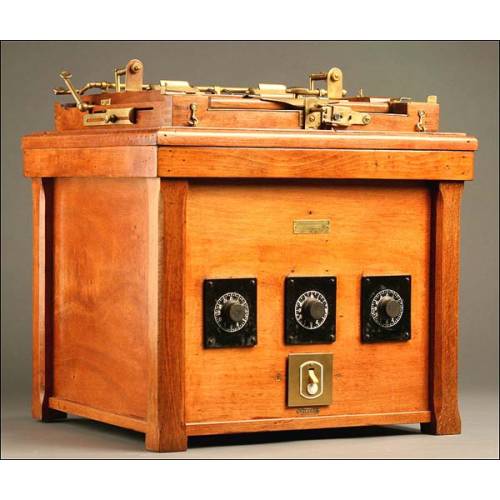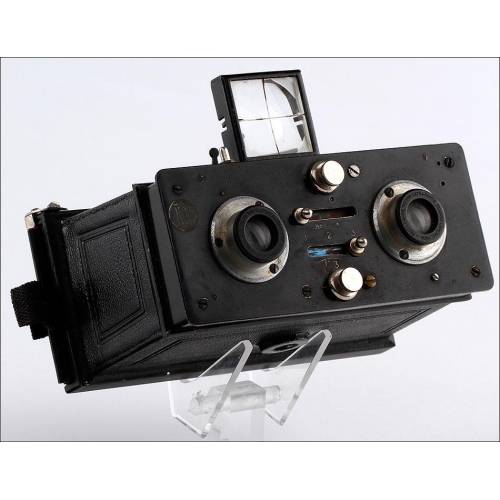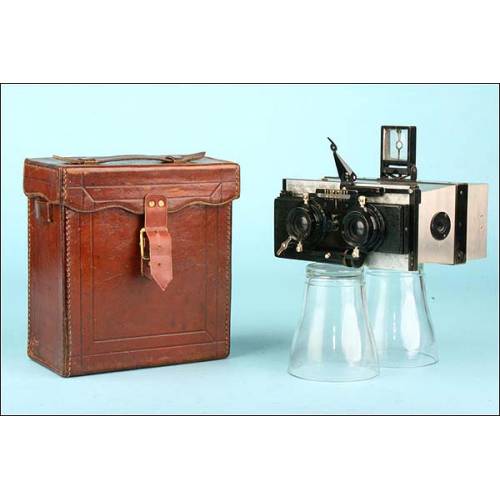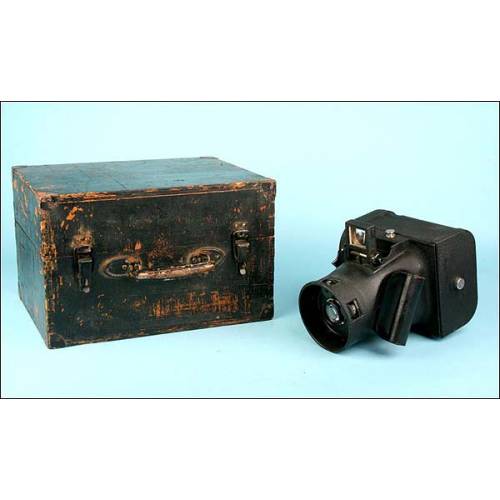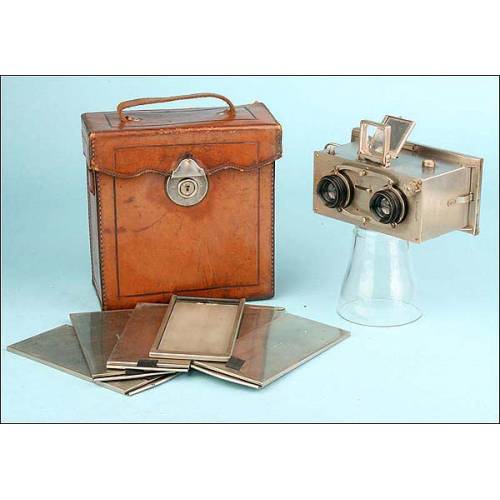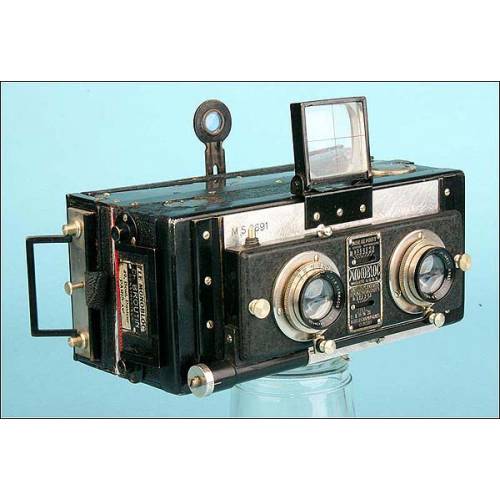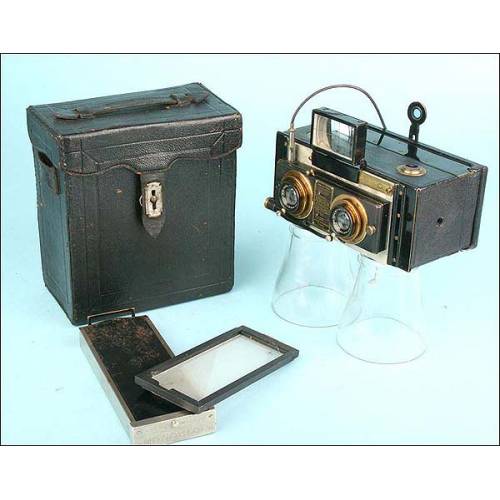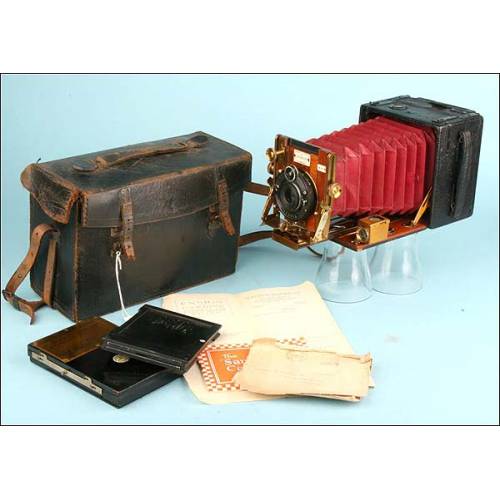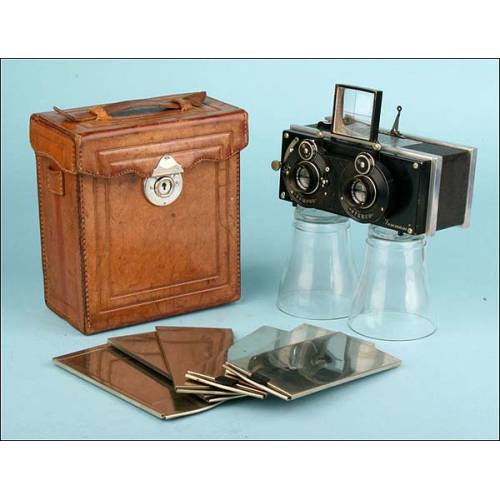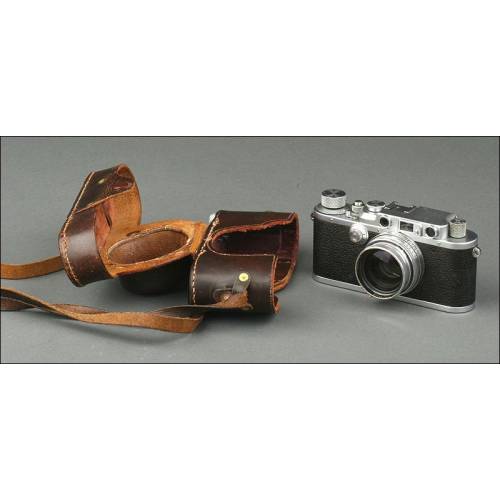C-388
Antique Camera Lucida P. Berbille, Paris. XIX Century
Original antique antique camera lucida. Complete piece signed by P. Berbille. In excellent condition and in its original case.
Sold!
Striking antique brass camera lucida, made in Paris and more than one century old. This piece is dated in the 19th century and bears the manufacturers signature hand-engraved in the clamp designed to fix the tool at the edge if the drawing board: Transformée par P. Berville 25 Chausée dAntin Paris. The camera lucida preserves all its component parts, pieces and lenses, perfectly stored and organized in the original case. Today this camera lucida can still be assembled and fixed in a drawing board or table, ready to help the artist to draw objects from nature through the ingenious system designed more than one century ago by W.H. Wollaston. This item mixes gold-finished brass parts with a copper-finish clamp, some black-painted iron elements and delicate glass lenses. The screws and joints are in great condition and work perfectly. The case where the camera lucida is stored is made of black-leather-covered wood. Though is shows slight signs of wear, it still looks good. Inside the box is covered in purple velvet and the lid bears a purple-satin lining. Printed on the satin we can see the golden label of the shop where this camera lucida was once purchased, the Parisian Morzières opticians. Well preserved, original from the time and in working order, this antique camera lucida is an ingenious and charming tool. Its great attractive derives from its history and functionality.Camera lucida history The camera lucida was invented in the 19th century. It is a device to reproduce objects from nature while keeping the exact proportions in the drawing. It was described by Johannes Kepler in his work Dioptrica (1611), but there is no evidence of any of his contemporaries constructing a working camera lucida. The first one was designed and made by William H. Wollaston in 1807; Wollaston also gave it its definite name (camera lucida, meaning light room as a contraposition of camera obscura, dark room). During the 19th and early-20th century, cameras lucidas were quite popular. In 1833, the photographic pioneer William Fox Talbot tried to reproduce objects from nature using a camera lucida, but he was quite disappointed and decided to seek a means to "cause these natural images to imprint themselves durably". This was the beginning of nowadays photography. Today these devices are still produced, though they are not widely used.

